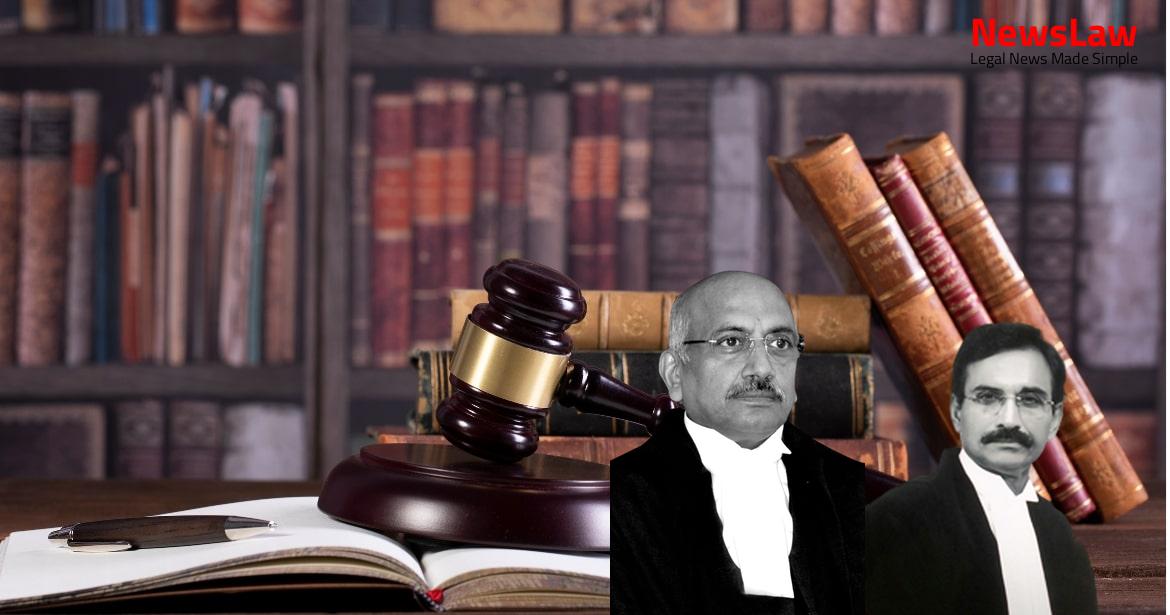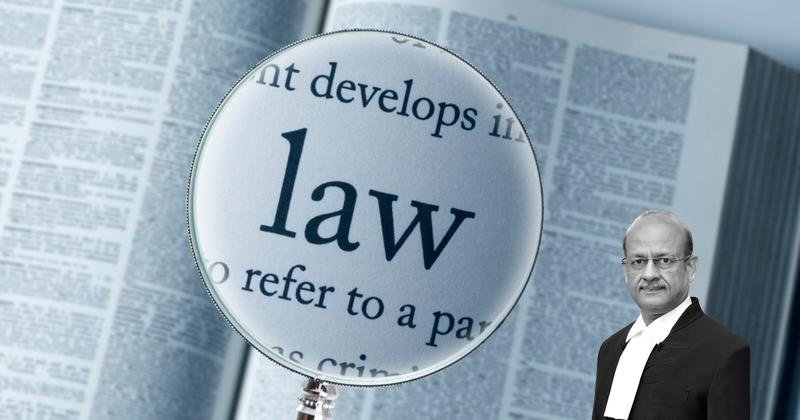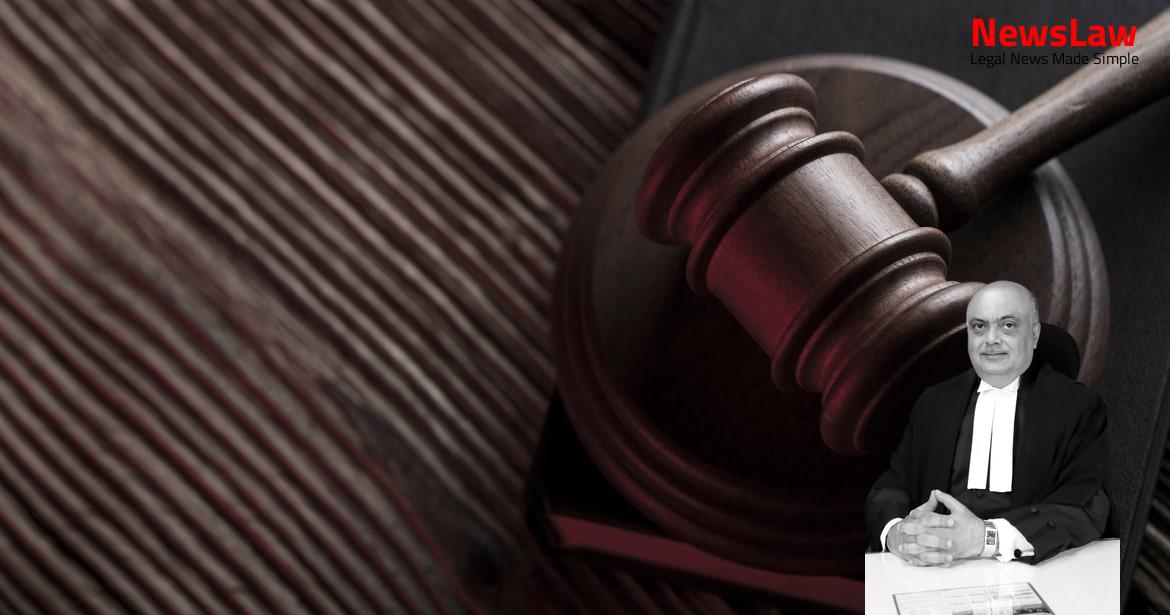In the case of Jagvir Singh v. State of Uttar Pradesh, the Supreme Court has acquitted the petitioner Jagvir Singh on the grounds of benefit of doubt. The Court overturned the findings of the trial Court and the High Court, quashing the judgment and sentence against him. This decision comes after a detailed examination of the evidence presented by the respondent State of Uttar Pradesh. The case delves into the reliability of eyewitness testimonies and the inconsistencies in the prosecution’s narrative.
Facts
- The instant appeal is against the judgment of the Division Bench of the High Court of Allahabad.
- The Criminal Appeal No 6318 of 2003 was rejected, challenging the judgment and sentence passed by the trial Court.
- The trial Court convicted the accused appellant and accused Omkar under Section 302 read with Section 34 of the IPC.
- Accused Sobran and Durvin were acquitted from the charges.
- The accused appellant and accused Omkar were sentenced to life imprisonment and a fine of Rs.1,000/- each.
- The prosecution examined seven witnesses, exhibited 15 documents and 8 material objects to prove its case.
- The statements of the accused persons were recorded under Section 313 of the Code of Criminal Procedure, 1973.
- The accused denied committing the crime and claimed to have been falsely implicated.
- The accused appellant Jagvir Singh stated that Pradhan-Ramvir and others fired from the roof of the informant’s house, hitting and ultimately causing the death of Sanju.
- The trial Court relied on eyewitness testimonies and medical evidence to convict the accused.
- The accused appellant challenged the conviction, which was rejected by the High Court.
- The defense argued that the eyewitness testimonies were unreliable and contradicted each other.
- The defense pointed out inconsistencies in the testimonies regarding the visibility of the crime scene from different locations.
- The defense highlighted the distance between the spots where the gunshots were fired and where the witnesses claimed to have been present.
- The defense emphasized that the witnesses were not in a position to have witnessed the incident directly.
Also Read: Land Acquisition Compensation Dispute: Appellants vs. Karnataka Neravari Nigam Ltd.
Arguments
- Learned counsel argued that the conjoint reading of admissions in the evidence of Ram Prakash(PW-1) indicates he was not present at the spot and was fabricated as an eyewitness later.
- It was contended that the witnesses’ allegation about the accused firing at Sanju was a fabrication due to prior enmity.
- The incident was said to have occurred in two parts as per Ram Prakash(PW-1) and Ram Naresh(PW-5), with an initial exchange of arguments where the accused were armed and Sanju was unarmed.
- The defense asserted that if the accused intended to kill Sanju, they would not have left the initial scene where the argument took place.
- The defense urged that the conviction of the accused appellant was unjustified as the eyewitness testimonies were deemed unreliable.
- Learned counsel implored the Court to accept the appeal, quash the judgment, and acquit the accused appellant based on the benefit of the doubt.
Also Read: Sukhpal v. State of India: Upholding Conviction for Murder of Usha
Analysis
- The conviction of the appellant is based on the testimony of witnesses Natesan and Manisekaran.
- There are several inconsistencies and improbabilities in the story presented by the witnesses.
- Manisekaran’s presence at the crime scene is deemed unusual and questionable.
- The conduct of the eyewitnesses, Ram Prakash and Ram Naresh, does not align with expected reactions in such a situation.
- The witnesses claimed to have seen the incident from locations that do not make logistical sense.
- The behavior of the witnesses during the incident raises doubts about the authenticity of their testimony.
- The prosecution’s attempt to portray Manisekaran as an eyewitness is deemed unreliable and suspicious.
- The witnesses’ actions after hearing gunshots do not seem natural or credible.
- The entire prosecution case is plagued with doubt and inconsistencies.
- The story presented by the witnesses is considered highly improbable and inconsistent with human behavior.
- Concurrent findings of guilt were set aside by a three-judge Bench of the Court in the case of Selveraj v. State of Tamil Nadu.
- The prosecution story was deemed highly improbable and inconsistent with the ordinary course of human nature upon an appreciation of evidence.
- The trial Court and the High Court’s findings were overturned due to the aforementioned reasons.
- Significant disparities and discrepancies in the evidence of Ram Prakash (PW-1) and Ram Naresh (PW-5) regarding the identity of the assailant who fired at Sanju (deceased).
- Conviction of accused appellant Jagvir Singh based on flimsy and wavering evidence is not justified.
- Trial Court and High Court erred in holding Ram Prakash (PW-1), Sultan Singh (PW-2), and Ram Naresh (PW-5) as eyewitnesses to the incident where they saw the accused appellant along with accused Omkar firing at Sanju (deceased).
- Findings of the eyewitnesses being unsustainable based on the record and analysis of evidence.
Also Read: State of Madhya Pradesh v. Sunita Devi: Upholding Justice Against Arbitrary State Actions
Decision
- Pending application(s) disposed of.
- Appellant acquitted due to benefit of doubt.
- Judgment and sentence from trial Court and High Court quashed and set aside.
- Appellant acquitted of charges.
- Appellant to be released from custody, if not required in another case.
- Appeal allowed.
Case Title: JAGVIR SINGH Vs. THE STATE OF UTTAR PRADESH (2024 INSC 384)
Case Number: Crl.A. No.-003684-003684 – 2023



